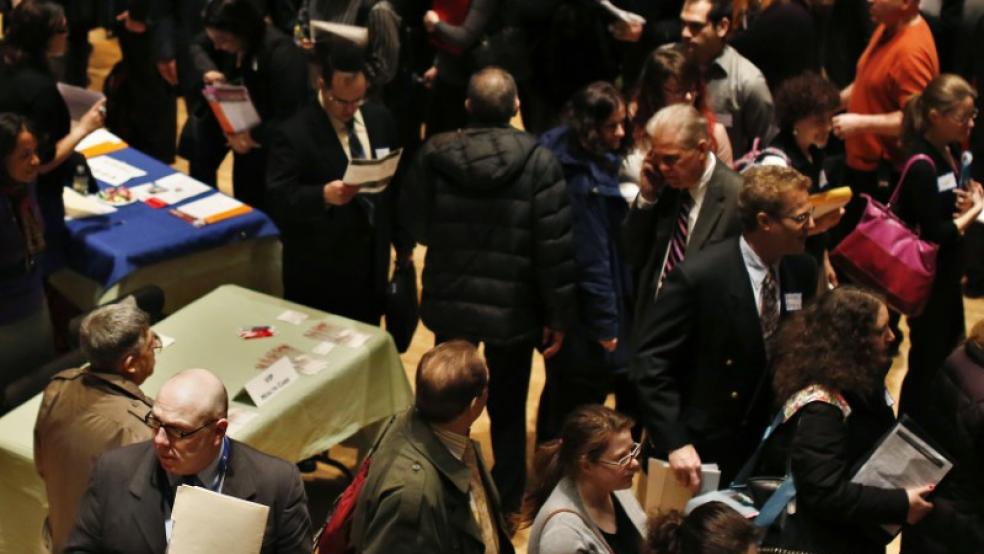U.S. stocks shot higher on Wednesday, rebounding from six consecutive days of declines that pushed the major averages into correction territory.
In addition to an oversold bounce, some analysts also attributed the gains to comments from the Fed's William Dudley that a September rate hike looks "less compelling" and a strong durable-goods report.
The major averages closed about 4 percent higher for their best day since 2011. The S&P 500 closed higher, out of correction territory. The Nasdaq Composite closed on the edge of correction, up 4.2 percent on the day.
Gains accelerated into the close, with the Dow Jones industrial average ending up about 620 points after rising as much as 637.31 points.
On Tuesday, stocks failed to close higher as the Dow and S&P 500 followed Monday's sharp selloff with their biggest reversal since October 2008.
Related: The Silver Lining Behind Black Monday’s Stock Market Plunge
"It's a nice reflex rally today but it still hasn't come close to retracing... the decline," said Marc Chaikin, CEO of Chaikin Analytics. "This is a bounce, just short covering. Very typical."
Stocks traded in a range throughout the day, paring gains after European stocks closed lower and spiking Dudley's comments.
The Russell 2000 closed more than 2 percent higher. Earlier, the index briefly fell into negative territory as GrubHub plunged nearly 10 percent on a downgrade by Barclays.
Related: The Troubling Truth Revealed by the Stock Market’s Nosedive
Before Wednesday's trading, the Dow futures implied 450-plus point open.
The New York Stock Exchange invoked Rule 48 for a third straight session.
Before this week, Rule 48 was most recently invoked in January 2015. In all, Rule 48 has been used 67 times since it was approved in 2007, according to an NYSE spokeswoman. The goal of the rule is to ease market volatility.
Overnight, China's central bank said it had injected 140 billion yuan ($21.8 billion) into the interbank money market via short-term liquidity operations (SLOs).
The People's Bank of China fired a double-barreled easing shot on Tuesday—lowering interest rates and the reserve requirement ratio (RRR) by 25 basis points and 50 basis points respectively—but this was not enough to reassure markets of slowing growth fears.
"Investors are still pretty cautious about this rally," said Mark Luschini, chief investment strategist at Janney Montgomery Scott.
This article originally appeared on CNBC. Read more from CNBC:




